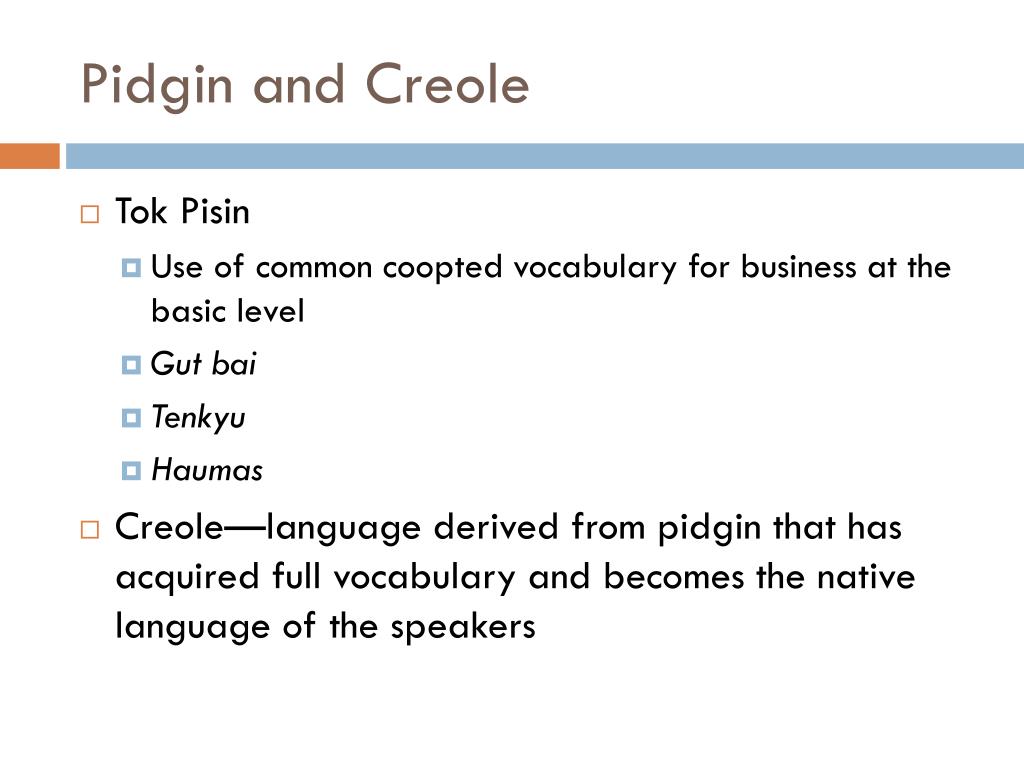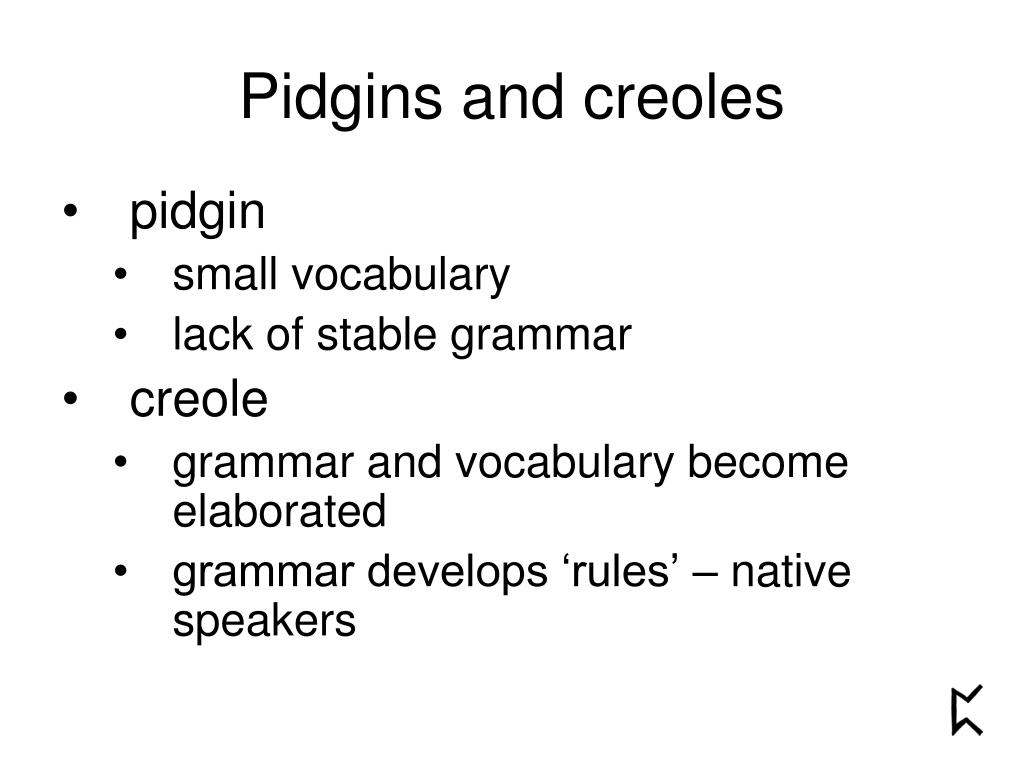


It is hypothesized that, rather than grammaticalizing onwards to become a past tense marker, as is predictable for some Portuguese creole iamitives ( ya ‘already’) ( Clements 2006), already is becoming increasingly restricted in its functional range in today’s Singlish, and that its perfect and completive functions may be at a stage of selective renovation by the use of the past tense in Standard Singapore English.

non-completive functions is quantified diachronically. The frequency of already in its various functions is examined across two corpora, and the relative frequency of completive vs. It is perhaps less often recognized, though, that the aspectual use of already co-exists with the variable marking for past tense in Singlish ( Ho & Platt 1993), and that both the aspectual adverb and the past tense may be seen to co-occur in the same construction. Recent observations note that the uses of already as an inchoative marker (distinguishing the adverb as an iamitive) are more frequently found than completive uses across a small, synchronic sample of speakers ( Teo 2019). and the access to consciousness exploring language structurethe atlas of pidgin and creole language structures structure and variation in language. The use of the adverb already in Colloquial Singapore English has long been known as one of the most readily recognizable features defining the contact dialect, marking aspectual nuances such as anterior, completive, inchoative and inceptive functions, as noted by Bao ( 2005, 2015).


 0 kommentar(er)
0 kommentar(er)
